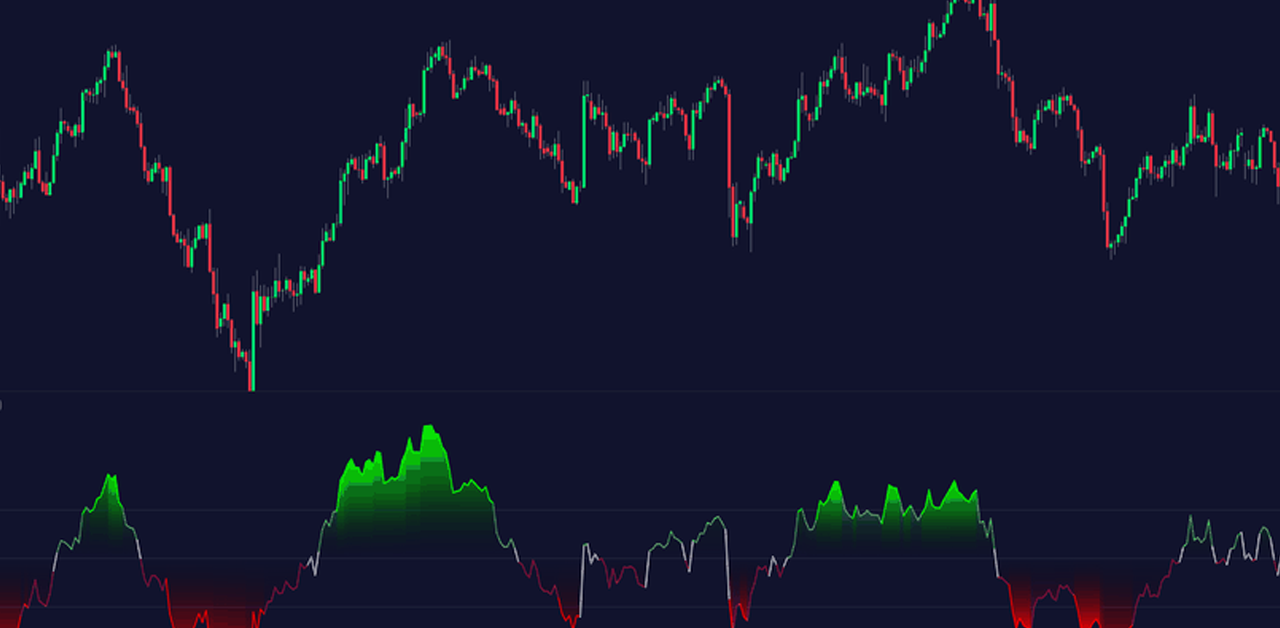U.S. weekly jobless claims are at their lowest since 1969 amid labor market pressures
The number of Americans filing new unemployment claims fell to the lowest level in 52 years last week as labor market conditions continue to deteriorate due to a severe labor shortage. The drop reported by the Labor Department in Thursday’s weekly unemployment claims report was likely overstated due to the difficulty of seasonally reconciling the data at this time of the year.
The most timely data on the economy, the report follows last week’s news that the unemployment rate fell to a 21-month low of 4.2% in November. Data from Wednesday showed that 11 million jobs were created at the end of October, and Americans were leaving jobs at a near-record rate. Robert Frick, corporate economist at Vienna-based Navy Federal Credit Union, said: “Given the seasonal adjustments, we should see the latest data with some skepticism, but we could come to the fore as layoffs continue until the big resignation goes away.” Said. , Virginia.
Initial claims for unemployment benefits fell from 43,000 to 184,000, with a seasonally adjusted 184,000 in the week ending December 4, the lowest level since September 1969. Economists polled by Reuters expected 215,000 filings last week. 4,444 applications were down from an all-time high of 6,149,000 in early April 2020. Applications typically increase as the weather cools, but economists say this seasonal pattern doesn’t last as labor market conditions tighten.
Unreconciled claims last week rose 63,680 to 280,665, less than expected. Labor Ministry said in a report that “it was expected to increase by 106,047 (48.9%) from last week due to seasonal factors”. “The pre-seasonal document surge has not been fully implemented and a tight job market could limit the number of seasonal layoffs that occur at this time of the year,” said Daniel Silver, an economist at JP Morgan at New York. . 4,444 US stocks fell after a three-day gain. The dollar (.DXY) moved higher against the basket of currencies. U.S. Treasury prices were mostly higher.
The number of submissions has skyrocketed in California, New York, Texas and Michigan. There were also notable rises in Minnesota, Illinois, Indiana, Oregon, Wisconsin and Pennsylvania. Some of these states have experienced a recurrence of COVID 19 infection. Virginia and North Carolina saw a significant reduction in 4,444 claims. To offset the weekly volatility, the 4-week moving average for early applications, which is considered a better measure of labor market trends, has dropped from 21,250, the lowest level since March 2020, to 218,750. This corresponds to the average from 2018 to 2019.
“The labor market continues to rise in almost every indicator and almost every employment report,” said Conrad Dequadros, senior economic adviser to Breen Capital in New York. “Layoffs are very low, consistent with labor market tightness when the unemployment rate averaged 3.8%.” Labor market tensions are on a large bond at the Federal Reserve’s next week’s policy meeting. We support the view of Federal Reserve Chairman Jerome Powell that we should consider accelerating purchases. It also brings the Fed’s early rate hikes to the table. The claim data is consistent with other reports on consumer spending, manufacturing and services, suggesting a recovery in the fourth quarter after the July / September decline. The estimated GDP growth rate for the fourth quarter is 8.6% per annum. Economic growth was 2.1% in the third quarter.
However, the epidemic of the Omicron variant of COVID19 poses a risk to the economic outlook. Little is known about the impact of the new variant, based on the experience of the delta variant, which has contributed to the slowest economic growth of over a year in the last quarter, but it is possible that demand for employment and services will slow somewhat. I have. The rise in coronavirus infections could delay the return of millions of unemployed Americans to the long-awaited job, some of which began as early as November. The workforce is 2.4 million below pre-pandemic levels, despite generous state benefits expiring and schools resuming face-to-face learning. Companies are also raising wages. The Claims Report showed that the number of claims in progress increased from 38,000 to 1992 million in the week ending November 27. 20,350,527 less than last week.
Labor shortages curb employment growth. The government reported last week that the number of non-farm workers increased by 210,000, the lowest since December last year











